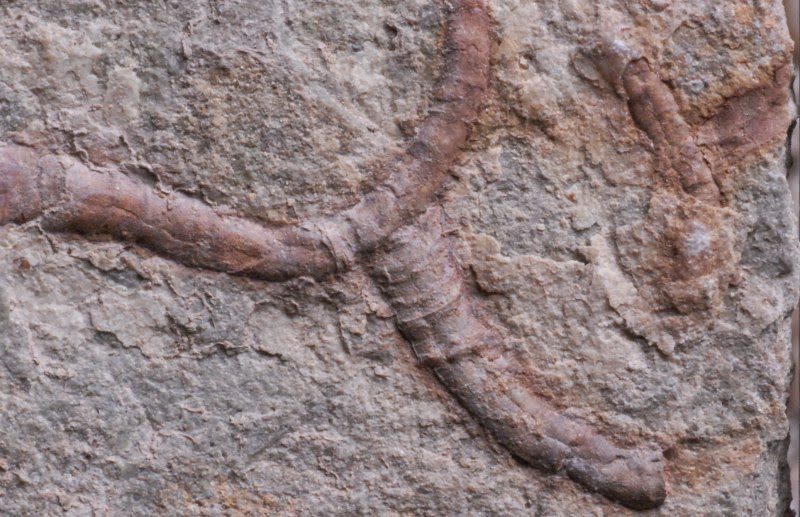
A new study from University of Missouri and Virginia Tech researchers is challenging accepted ideas about how ancient soft-bodied organisms become part of the fossil record. Findings suggest that bacteria involved in the decay of those organisms play an active role in how fossils are formed — often in a matter of just a few tens to hundreds of years. Understanding the relationship between decay and fossilization will inform future study and help researchers interpret fossils in a new way.
“The vast majority of the fossil record is composed of bones and shells,” said James Schiffbauer, assistant professor of geological sciences in the College of Arts and Science at MU. “Fossils of soft-bodied animals like worms and jellyfish, however, provide our only views onto the early evolution of animal life. Most hypotheses as to the preservation of these soft tissues focus on passive processes, where normal decay is halted or impeded in some way, such as by sealing off the sediments where the animal is buried. Our team is instead detailing a scenario where the actual decay helped ‘feed’ the process turning the organisms into fossils — in this case, the decay of the organisms played an active role in creating fossils.”
Schiffbauer studied a type of fossil animal from the Ediacaran Period called Conotubus, which lived more than 540 million years ago. He noted that these fossils are either replicated by, or associated with, pyrite — commonly called fool’s gold. The tiny fossils are tube-shaped and believed to have been composed of substances similar at least in hardness to human fingernails. These fossilized tubes are all that remain of the soft-bodied animals that inhabited them and most likely resembled worms or sea anemone-like animals.
“Most of the animals that had once lived on the Earth — with estimates eclipsing 10 billion species — were never preserved in the fossil record, but in our study we have a spectacular view of a tinier fraction of soft-bodied animals,” said Shuhai Xiao, professor of geobiology at Virginia Tech and a co-author on this study. “We asked the important questions of how, and under what special conditions, these soft-tissued organisms can escape the fate of complete degradation and be preserved in the rock record.”
Schiffbauer and his team performed a sophisticated suite of chemical analyses of these fossils to determine what caused the pyrite to form. They found that the fool’s gold on the organisms’ outer tube formed when bacteria first began consuming the animal’s soft tissues, with the decay actually promoting the formation of pyrite.
“Normally, the Earth is good at cleaning up after itself,” Schiffbauer said. “In this case, the bacteria that helped break down these organisms also are responsible for preserving them as fossils. As the decay occurred, pyrite began replacing and filling in space within the animal’s exoskeleton, preserving them. Additionally, we found that this process happened in the space of a few years, perhaps even as low as 12 to 800. Ultimately, these new findings will help scientists to gain a better grasp of why these fossils are preserved, and what features represent the fossilization process versus original biology, so we can better reconstruct the evolutionary tree of life.”
Reference:
James D. Schiffbauer, Shuhai Xiao, Yaoping Cai, Adam F. Wallace, Hong Hua, Jerry Hunter, Huifang Xu, Yongbo Peng, Alan J. Kaufman. A unifying model for Neoproterozoic–Palaeozoic exceptional fossil preservation through pyritization and carbonaceous compression. Nature Communications, 2014; 5: 5754 DOI: 10.1038/ncomms6754
Note : The above story is based on materials provided by University of Missouri-Columbia. The original article was written by Fran Webber.










